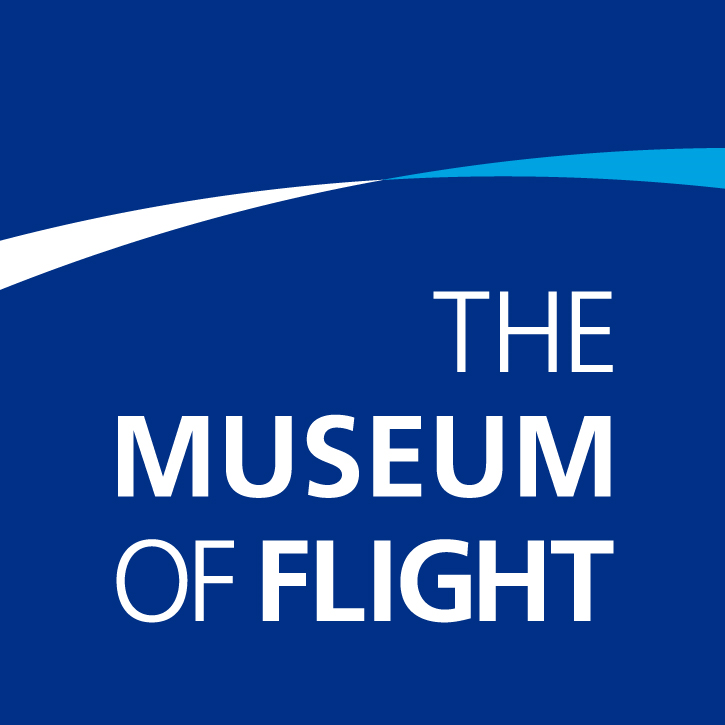Joseph Baillargeon Douglas World Cruisers Photograph Collection
Contents of the Collection
The Joseph Baillargeon Douglas World Cruisers Photograph Collection contains 33 black-and-white photographs of Douglas World Cruisers in Alaska during the 1924 around-the-world flight. The aircraft are depicted in flight, on the ground, and afloat in an Alaskan harbor, likely in April 1924. In most of the aircraft images it is difficult to know which specific plane is depicted as the views are often obscured or seen from a distance. Some images include unidentified individuals, including the pilots and local people. All photographs are 3 x 5 inches. No captions are present to provide contextual information.
Dates
- Creation: 1924
Conditions Governing Access
This collection is open for research and is accessible in the Dahlberg Research Center by appointment. For more information contact us.
Conditions Governing Use
The Museum of Flight (TMOF) Archives is the owner of the physical materials in the archives and makes available reproductions for research, publication, and other uses. Written permission must be obtained from TMOF archives before any publication use. TMOF does not necessarily hold copyright to all of the materials in the collections. In some cases, permission for use may require seeking additional authorization from copyright owners. Consult repository for more details.
Historical Note: 1924 Around-the-world flight
In 1924 a team of eight men from the United States Army Air Service completed the first around-the-world flight in four Douglas World Cruisers. The attempt began on April 6, 1924, when the Douglas World Cruisers took off from their official starting point of Sand Point in Seattle, Washington.
The aircraft and crew were:
- Seattle (No.1), Major Frederick L. Martin (1882–1956), pilot and flight commander, and SSgt. Alva L. Harvey (1900–1992), flight mechanic
- Chicago (No.2), Lieutenant Lowell H. Smith (1892–1945), pilot, subsequent flight commander, and 1st Lieutenant Leslie P. Arnold (1893–1961), co-pilot
- Boston/Boston II (No.3), 1st Lieutenant Leigh P. Wade (1897–1991), pilot, and SSgt. Henry H. Ogden (1900–1986), flight mechanic
- New Orleans (No.4) Lieutenant Erik H. Nelson (1888–1970), pilot, and Lieutenant John Harding Jr. (1896–1968), co-pilot
The fliers generally traveled westward, with multiple fueling and maintenance stops in more than 20 countries. After leaving Seattle, the teams headed northwest to Alaska, then across the Pacific Islands to Japan and South Asia, moving across to Europe before crossing the Atlantic Ocean to return to the United States.
The flight was not without difficulties. On April 30, 1924, the lead aircraft, Seattle (No.1), crashed in Alaska, although the crew survived. On August 3, 1924, the Boston (No.3) was forced down and eventually sank near the Faroe Islands. It was replaced by the prototype Douglas World Cruiser, rechristened as Boston II, and rejoined the flight from Pictou, Nova Scotia. The three remaining aircraft landed for the final time in Seattle on September 24, 1924, having successfully completed the first aerial circumnavigation of the world. In total, the flight covered 26,345 miles and took 363 flying hours and over 175 days.
Full Extent
0.01 Cubic Feet (1 letter file folder)
Language
English
Existence and Location of Copies
Materials from this collection have been digitized and are available at The Museum of Flight Digital Collections.
Subject
- Douglas (Organization)
Genre / Form
Geographic
Topical
- Title
- Guide to the Joseph Baillargeon Douglas World Cruisers Photograph Collection
- Status
- Completed Level 2
- Author
- Jenn Parent
- Date
- 2024 March
- Description rules
- Describing Archives: A Content Standard
- Language of description
- Undetermined
- Script of description
- Code for undetermined script
- Language of description note
- English
- Edition statement
- 1st Edition
Repository Details
Part of the The Museum of Flight Archives Repository
9404 East Marginal Way South
Seattle Washington 98108-4097
206-764-5874
curator@museumofflight.org
